What exactly changes from 'HDMI 2.0' to 'HDMI 2.1'?

by
In January 2017, HDMI Forum announced the new standard 'HDMI 2.1' . If you look only at the numbers, the change from 'HDMI 2.0' to 'HDMI 2.1' seems small, but Techquickie explains in the movie that 'what is possible' actually changes significantly.
HDMI 2.1 as Fast As Possible - YouTube
HDMI 2.0 , announced in 2013, fully supports 4K resolution, making it extremely attractive for gamers.

In January 2017, a new
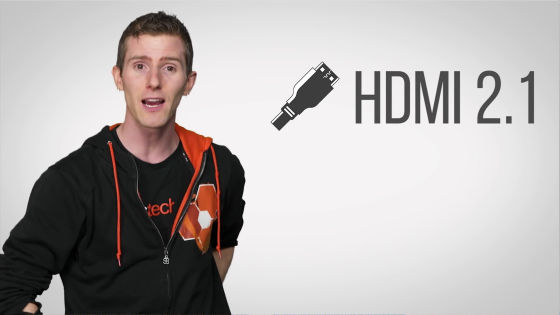
When you hear 'change from 2.0 to 2.1,' it sounds like a small version change, like 'the difference between Windows 8 and 8.1.'
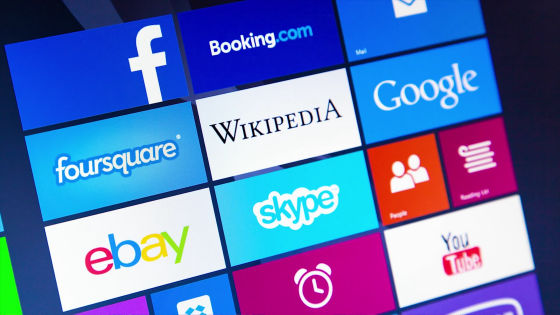
But in reality, the change is huge. As for how big it is, it's an ordinary snail...

And something like changing into an armored snail. It's a small change in terms of numbers, but it expands what you can do.

First, in terms of resolution, it will be possible to output higher-quality video, such as next-generation 8K (7680 x 4320, four times the resolution of 4K) broadcasting and VR content playback in 4K quality. According to the standard, it supports up to 10K output.

The HDMI Forum doesn't say whether '10K video' means 16:9 video with 10,000 pixels, or wider video like a movie, but at least 4K video. It is thought that it is extremely powerful.

Also, the greatness of HDMI 2.1 is not only about resolution, but also about frame rate.
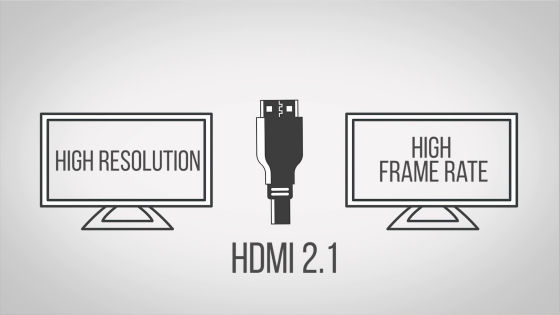
For 10K video, frame rates up to 120Hz are supported.
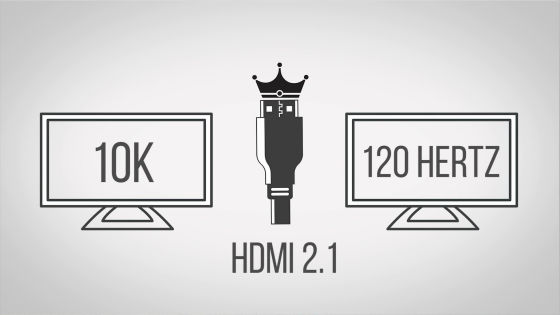
Even with the latest standard 'Displayport 1.4' compatible with 8K/60Hz, compared to HDMI 2.1, it is 'at a pedestrian level'. It is emphasized that HDMI 2.1 is a standard that can transfer high-speed and large-capacity data.

However, in order to output images using this many pixels, the computer must be equipped with a high-performance graphics board.
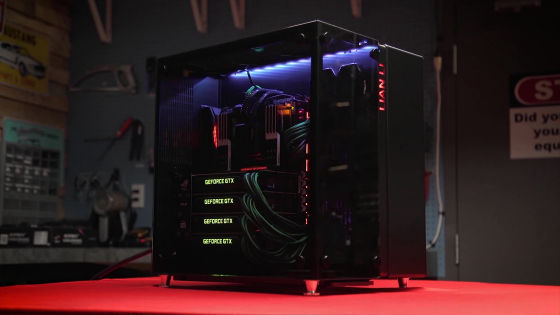
HDMI 2.1 also supports 'Game Mode VRR' which supports variable refresh rate (VRR) for games etc.

This means that the variable refresh rate can reduce the delay and tearing of images output from PCs and game consoles. It is said to be similar to technologies such as
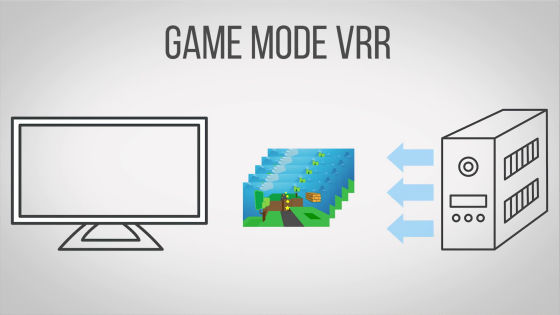
HDMI 2.1 allows you to get out of the developer ecosystem and have more freedom of choice.

There are other technologies included in HDMI 2.1 that make images look more realistic than ever before. For example, it must support dynamic metadata. Like HDMI 2.0, HDMI 2.1 supports HDR to adjust the brightness level, but...

HDMI 2.1 also uses the concept of dynamic metadata for HDR.

This technology makes it possible to precisely adjust the brightness and contrast of images on a frame-by-frame basis.


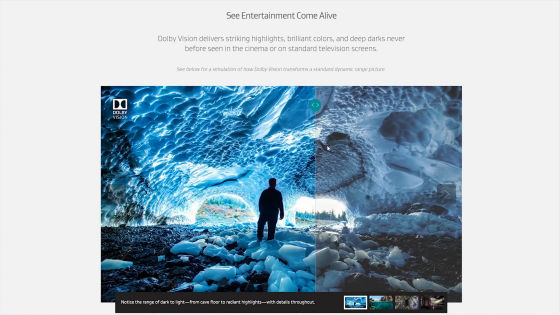
With HDMI 2.1, not only the video but also the audio will be better. A new mechanism for audio is 'eARC (Enhanced Audio Return Channel)'.

eARC is an extension of the

However, in order to realize the above functions, a wide bandwidth of 48Gbps is required, and the cable thickness is thought to be twice that of HDMI 2.0.

In addition, data read/write speeds that are faster than existing SSDs that use PCI Express are required.

And if you want to enjoy high-quality video, you'll need a new TV, input devices, content, and an HDMI 2.1 cable.

The movie concludes by saying that you should be careful not to accidentally buy an HDMI 2.0 cable that costs hundreds of thousands of dollars.

Related Posts:








